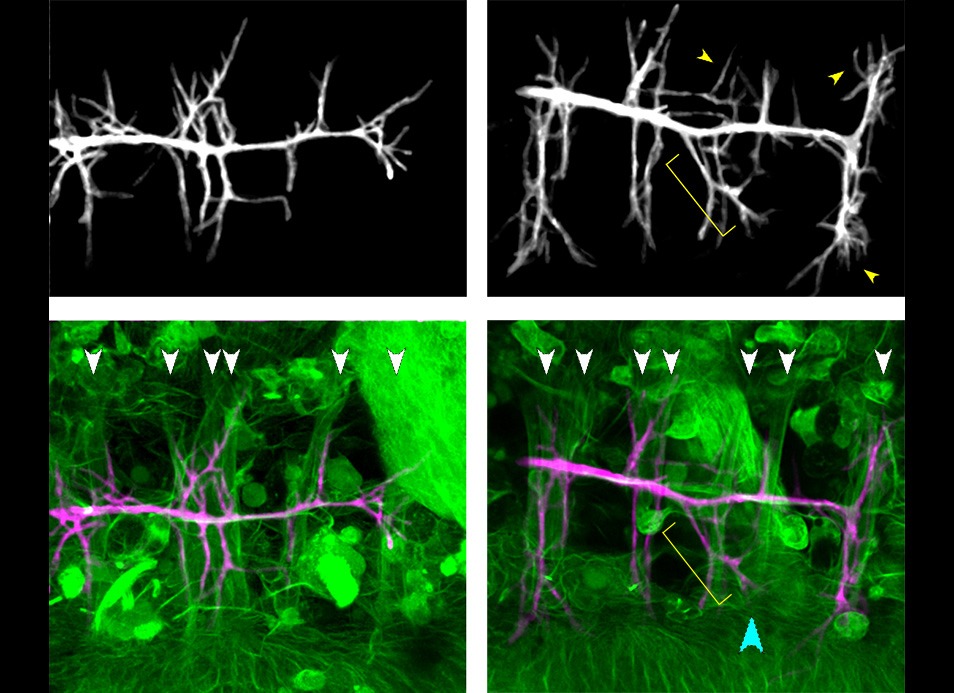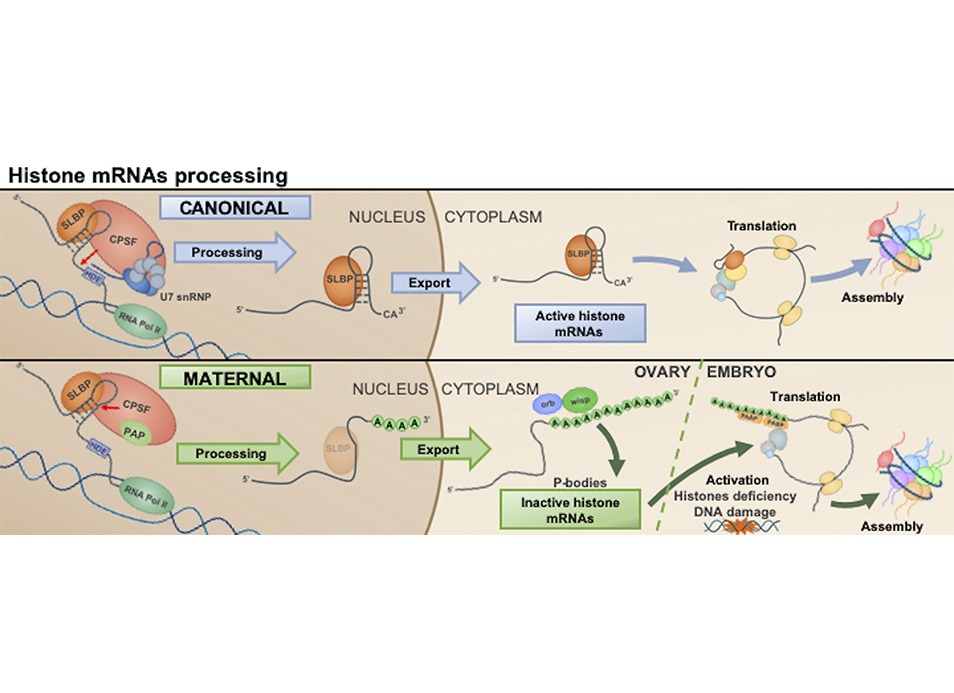During neuronal development, microtubule reorganization shapes axons and dendrites, establishing the framework for efficient nervous…
Nucleosomal DNA has topological memory
DNA molecules are precisely twisted and bent to shape the functional genome. The DNA Topology Lab of IBMB developed Topo-seq to measure how DNA is deformed along the genome. Topo-seq uncovered that nucleosomes exhibit different DNA topologies and that the DNA sequence remembers these deformations.
Abstract
One elusive aspect of the chromosome architecture is how it constrains the DNA topology. Nucleosomes stabilise negative DNA supercoils by restraining a DNA linking number difference (∆Lk) of about -1.26. However, whether this capacity is uniform across the genome is unknown. Here, we calculate the ∆Lk restrained by over 4000 nucleosomes in yeast cells. To achieve this, we insert each nucleosome in a circular minichromosome and perform Topo-seq, a high-throughput procedure to inspect the topology of circular DNA libraries in one gel electrophoresis. We show that nucleosomes inherently restrain distinct ∆Lk values depending on their genomic origin. Nucleosome DNA topologies differ at gene bodies (∆Lk=-1.29), intergenic regions (∆Lk=-1.23), rDNA genes (∆Lk=-1.24) and telomeric regions (∆Lk=-1.07). Nucleosomes near the transcription start and termination sites also exhibit singular DNA topologies. Our findings demonstrate that nucleosome DNA topology is imprinted by its native chromatin context and persists when the nucleosome is relocated.
Reference:
Nucleosomal DNA has topological memory.
Segura J, Díaz-Ingelmo O, Martínez-García B, Ayats-Fraile A, Nikolaou C, Roca J.
Nature Commun. 2024 – May 28;15(1):4526.
doi: 10.1038/s41467-024-49023-4.
PMID: 38806488




